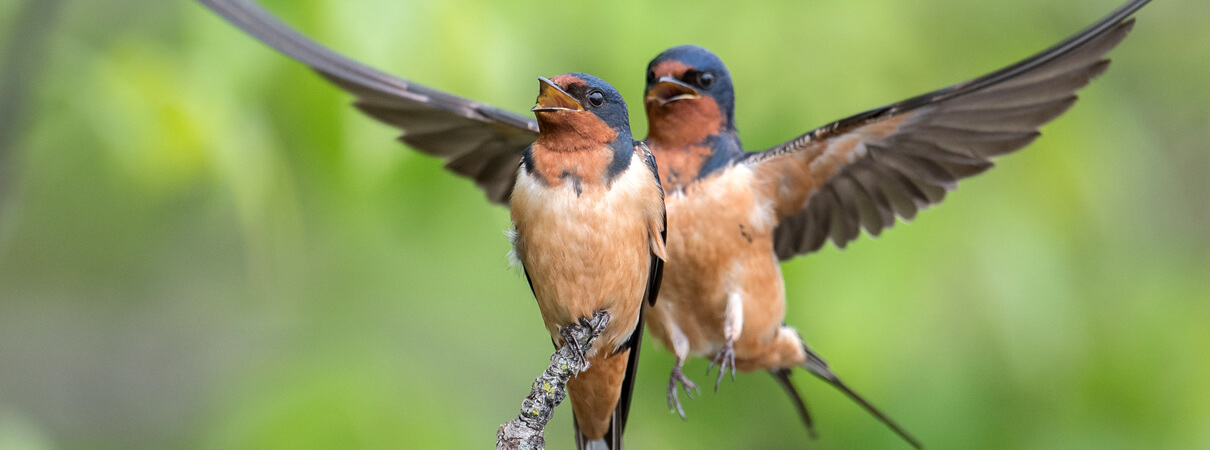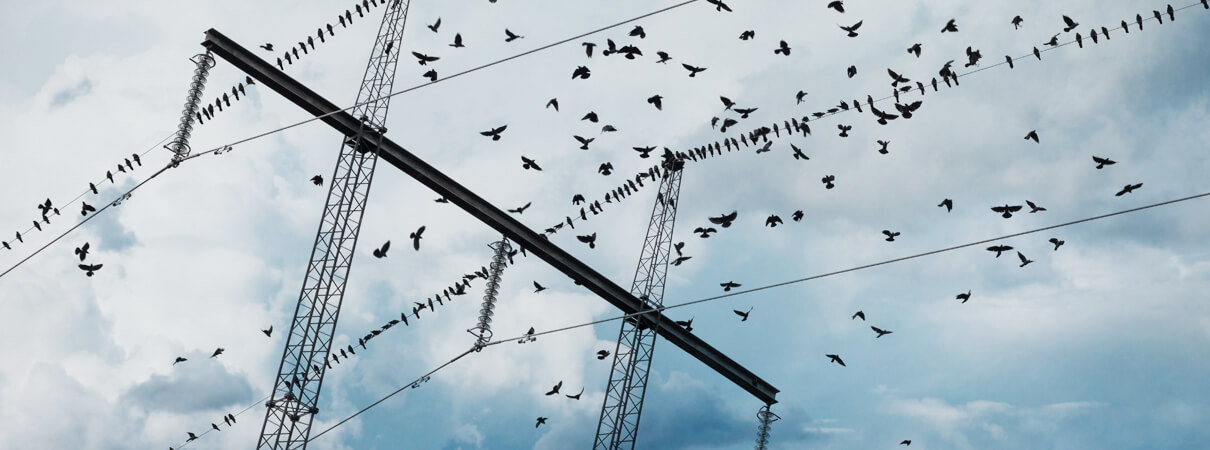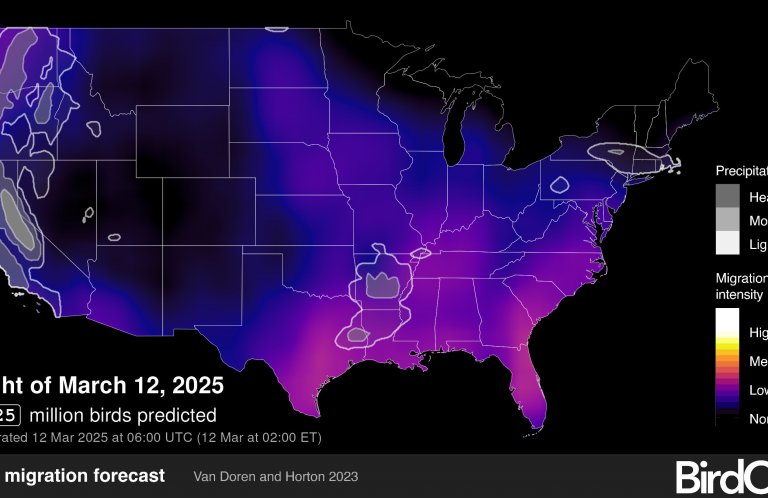Conservation Groups Ask Congress to Defend the Migratory Bird Treaty Act
American Bird Conservancy, the National Audubon Society, Defenders of Wildlife, Natural Resources Defense Council, and more than 500 other conservation groups have joined together to urge Congress defend the Migratory Bird Treaty Act, the most important bird conservation policy in the United States. The Act, which has protected U.S. birds for 100 years, is currently under attack by both the Department of the Interior and some members of the U.S. Congress, led by Rep. Liz Cheney (R-WY).
Act now: Send a letter asking the Department of Interior and Congress to keep the MBTA strong.
“Critics of the Migratory Bird Treaty Act say that the so-called incidental take provision leaves too much uncertainty and that it could apply to birds killed by home windows and cars. But nobody in the conservation community is asking for that,” said Mike Parr, President of American Bird Conservancy. “When it comes to the MBTA, we're concerned about major bird traps — threats like oil pits, wind turbines next to eagle nests, and communication towers in bird migration hot spots.”

Barn Swallows are often victims of uncovered oil pits. Photo by Collins 93, Shutterstock
Doing away with the Act would make it much harder to protect birds from such threats. “It's like taking manhole covers off along the sidewalk,” Parr said. “It's negligent, irresponsible, and guaranteed to cause harm.”
A Landmark Law in Peril
In November, Rep. Cheney introduced a measure to gut the MBTA as an amendment to H.R. 4239, a bill written to weaken environmental protections in order to facilitate oil and gas drilling. Three days before Christmas, the White House followed suit when the Department of the Interior's Solicitor General released an opinion saying it will no longer enforce the MBTA in cases of incidental bird deaths, effectively giving a blank check to industry to avoid mitigating bird deaths.
"Some companies put strong conservation practices in place without needing legal incentives,” said Steve Holmer, Vice President of Policy at American Bird Conservancy. “But having the law in place encourages all companies to do the right thing. These changes to MBTA would take the teeth out of the only law that protects the vast majority of our native birds."

Snowy Owl and other raptors are often killed in collisions with power lines. Photo by Pictureguy, Shutterstock
Congress passed the MBTA in 1918 in response to public outcry over the mass slaughter of birds, which threatened Snowy Egrets and other species with extinction. The law prohibits killing or America's birds except under certain conditions, including managed hunting seasons for game species.
Protecting Birds from Needless Deaths
Over its century-long history, the Migratory Bird Treaty Act has protected millions if not billions of birds. It now protects birds from 21st-century threats by bringing together industry, government, and conservation organizations to implement best-management practices. Commonsense solutions like covering tar pits and marking transmission lines protect hundreds of thousands of birds each year from needless deaths.
“Killing birds is a poison policy for Congress and the Department of the Interior. Americans in all 50 states are rising up to support 100 years of bipartisan agreement to protect America's birds from avoidable deaths,” said David Yarnold, President and CEO of the National Audubon Society.

Birds on powerline. Photo by Amy Johansson, Shutterstock
The joint letter shows that dozens of organizations and their members from across the country want to see our lawmakers build on our nation's 100-year conservation ethic, which brought into being laws like the MBTA, along with the Endangered Species Act and the establishment of our national parks. These groups ask elected officials to rightly reject misguided efforts and false narratives that pit conservation against economic development.
Learn more about industrial causes of bird mortality in the United States from power lines (up to 175 million birds per year); communication towers (up to 50 million birds annually); oil waste pits (500,000 to 1 million birds annually); wind energy (500,000 or more in direct mortality, many more when associated infrastructure is included); and gas flares.


















































